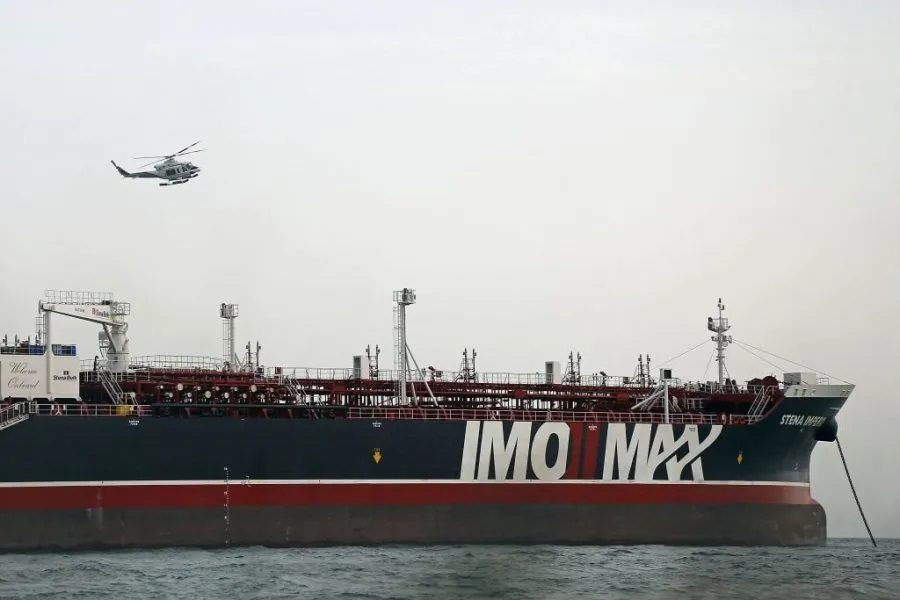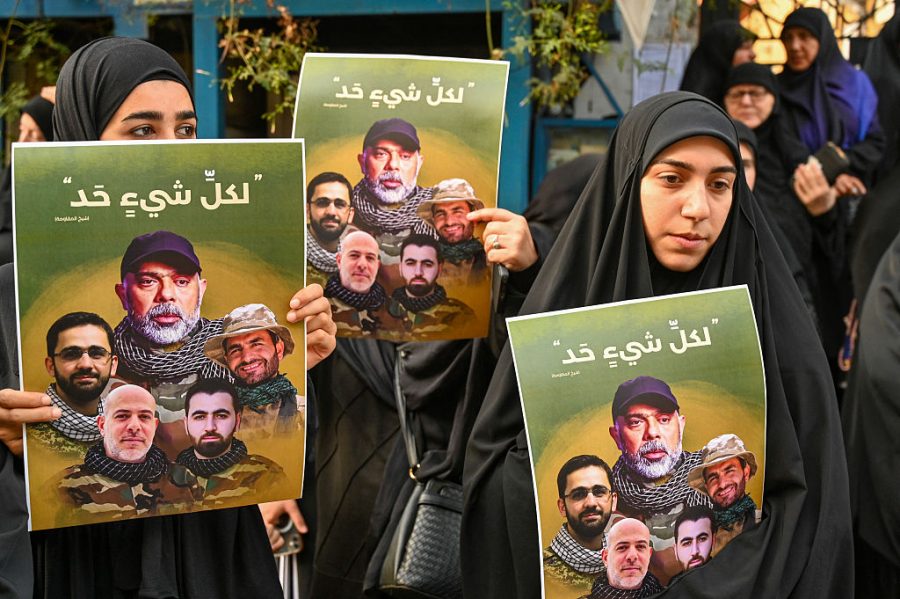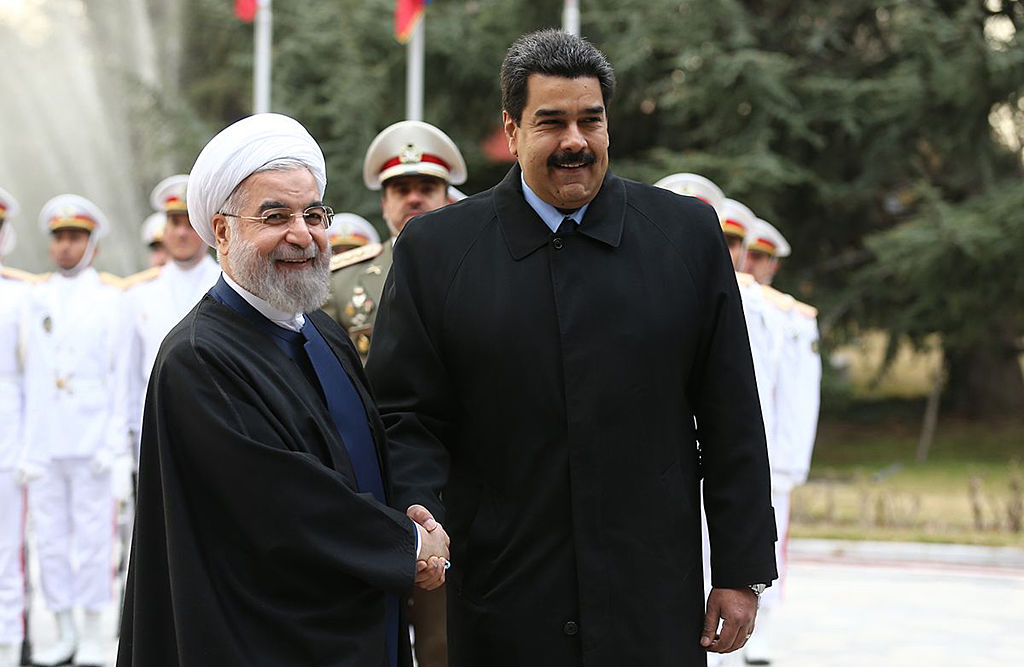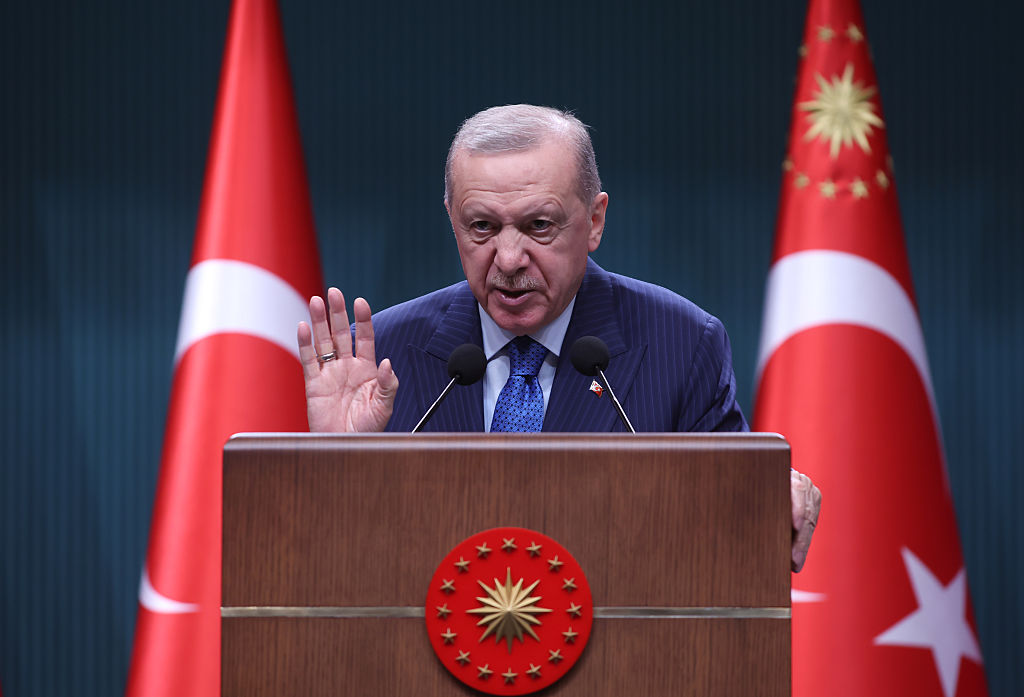Following the mass ballistic missile attack on Israel at the beginning of the month, speculation is rife once again that Iran might close the Strait of Hormuz should it be subject to the reprisal attack promised by Israel. The thinking is that this is particularly likely if Israel were to attack Iranian oil facilities.
Iran certainly has the capability to close the Strait, at least in the short term. Recent experience in the Red and Black Seas shows clearly that not every ship attempting passage needs to be attacked: the increased risk — and heightened insurance premiums — following a small number of attacks will be enough to persuade owners to withdraw their vessels from the potential danger.
The Iranian regime buys popular support with artificially low prices
The geography of the Strait of Hormuz favors Iran. For eighty nautical miles, the shipping channel through the Strait is within about twenty nautical miles of the Iranian coastline. This makes ships vulnerable to Iran’s top of the range Ghadir sea-skimming anti-shipping missile, a domestically improved version of the Chinese C-802 which in turn was a pirated copy of the French Exocet. The Islamic Revolutionary Guard Corp (IRGC) has set these missiles up on mobile launchers along the length of the Hormuzgan coastline.
But Iran has many other systems which could also attack shipping in the Strait, some of which have been seen in action in Houthi hands over the Red Sea. These include other anti-ship and ballistic missiles, helicopter-borne systems and conventional artillery. It also includes the IRGC navy and the regular navy’s frigates and the large fleet of missile-equipped Kaman, Sina and Parvin Class fast attack craft, as well as more than twenty Fateh and Ghadir Class coastal submarines. The IRGC navy has hundreds of speedboats and jet skis equipped with short-range weapons. Last but not least, the Iranians also have domestically produced mines which are well suited to the narrow and shallow waters of the Strait. Thanks to this threat, the Royal Navy has for decades based most of its flotilla of mine counter-measure vessels in Bahrain.
Should Iran try to close the Strait, they would likely face opposition. But the variety and multiplicity of the Iranian anti-shipping capability probably means that they would be able to maintain the level of disruption necessary to interrupt navigation for a considerable length of time. But would the Iranians want to do so?
Such a move would force a rupture of relations with Oman, which owns the southern half of the Strait. Oman is deeply committed to maintaining freedom of navigation in the sea passage, and has worked diligently with Iran for decades to maintain the “separation of traffic” scheme which controls international passage in and out of the Gulf. Iran also has a unique and very active dependency on Oman as a neutral go-between on a wide range of other issues, something it would not want to lose.
If Iran were to close the Strait, lost in the fallout would also be the improved relationship with the rest of the Gulf Cooperation Council (GCC) states, with whom Tehran has enjoyed something of a detente over the last two years. In many respects, achieving a thaw in relations has been a diplomatic triumph for Iran, downgrading the legacy of Sunni-Shi’a tensions and a recognition of Iran’s growing influence. A closure of the Strait would be a crippling blow to the GCC, and bring a return to the open hostility with Iran which used to be the norm.
China, for whom economic considerations figure highly in its international diplomacy, would also be mightily upset. As well as losing its oil supply from Iran, it would lose access to the oil it imports from those GCC states whose only shipping route from the Gulf takes them through the Strait. Despite signing a twenty-five-year Comprehensive Strategic Partnership in March 2021, China’s wary relations with Iran remain highly transactional: to lose so much oil supply would cripple the Chinese economy. Most of the oil passing through the Strait heads east for Asia, and Western nations would not be comparatively so impacted.
But it is Iran itself which in many ways would be the principal victim of any decision it makes to close the Strait. Its own oil export terminals at Kharg Island, Abadan and the Homuzgan, plus the highly vulnerable single buoy mooring off Kooh Mobarak (the only Iranian export terminal outside the Gulf) would all quickly have to close. This would mean an immediate loss of revenue, forcing the Iranian government to cut subsidies and increase the price of essentials.
The Iranian regime buys popular support with artificially low prices, so price increases could trigger strong, latent discontent, and an immediate increase in protests and anti-regime agitation. This would give strength both to the Iranian regime’s committed enemies, but also to reformist tendencies — headed up by the new president Masoud Pezeshkian himself — within the Iranian government. Such a move could even precipitate “regime change without revolution” — perhaps the most feasible and stability-friendly approach to ending Iranian sponsorship of the Axis of Resistance and its attempt to dominate the Middle East. There will be some forces who do indeed wish to provoke such a response.
This article was originally published on The Spectator’s UK website.

























